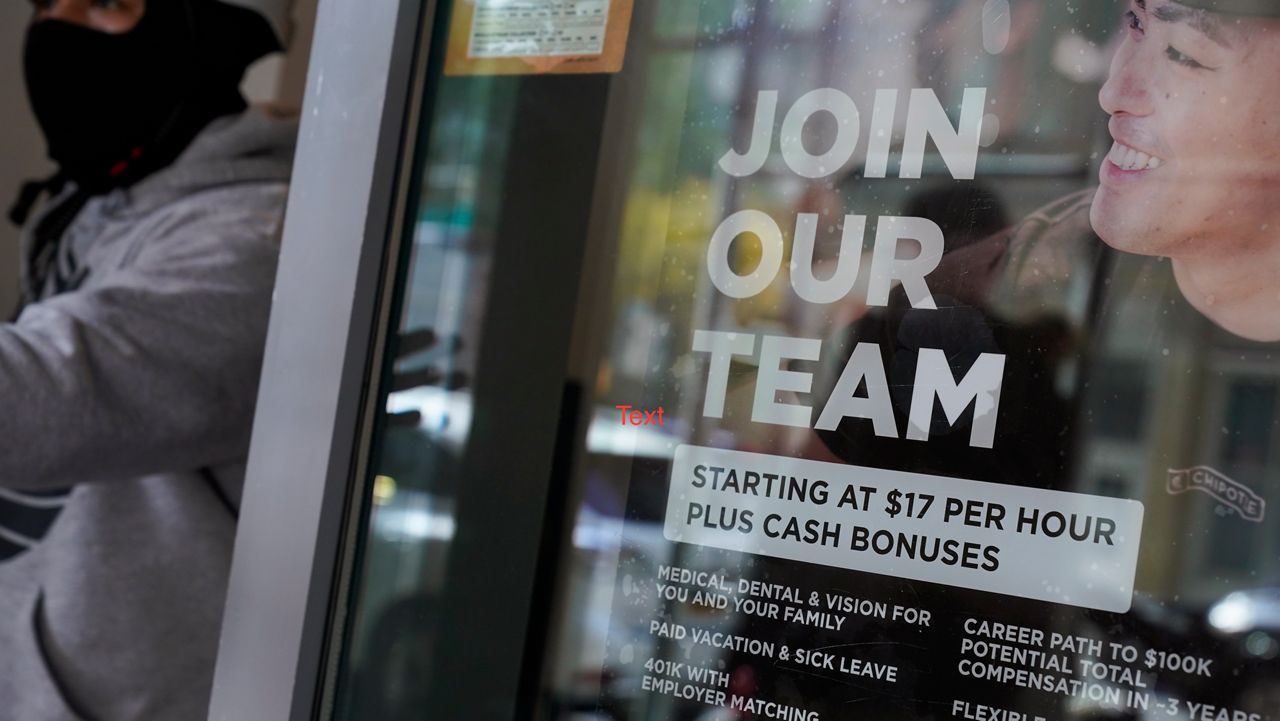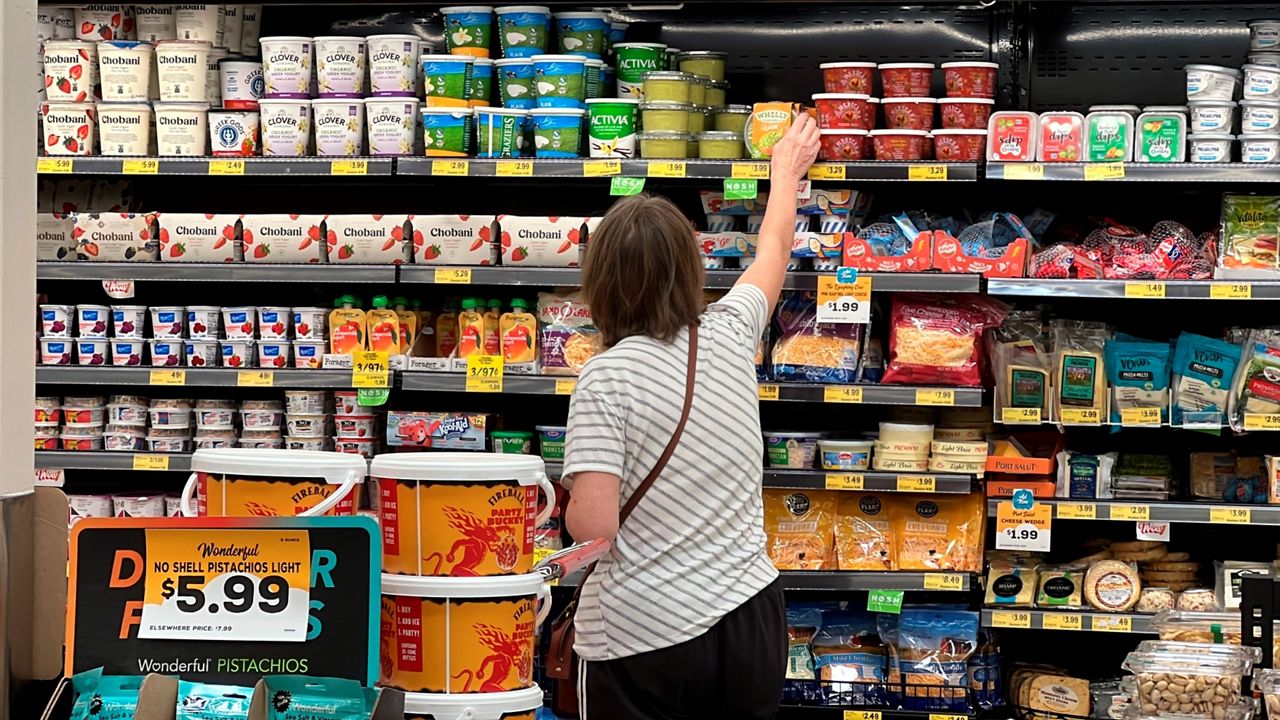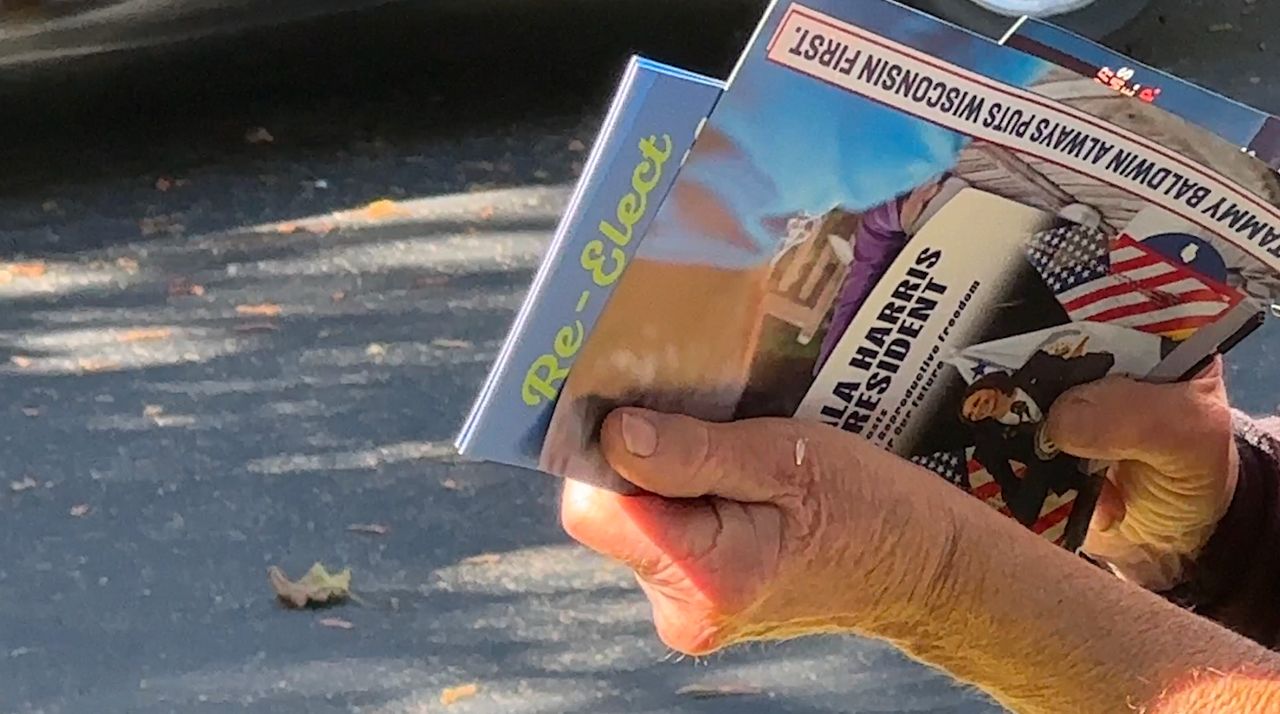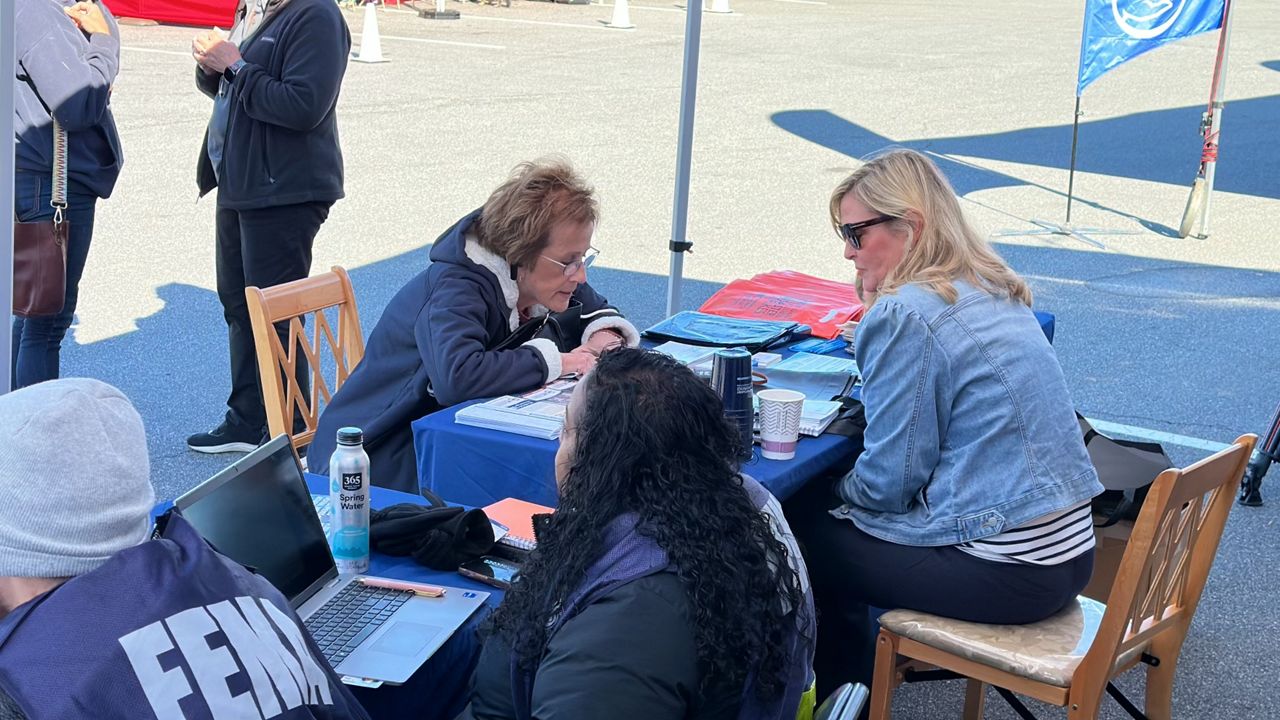MORRISVILLE, N.C. – Despite the popularity of diamonds, the global diamond industry has long been criticized. Diamond mining has been linked to human rights issues, poverty, child labor and practices that harm the environment.
One North Carolina business is on a mission to offer less controversial and more affordable alternative as the diamond industry evolves.
To an untrained eye, the jewelry at Charles & Colvard’s Morrisville showroom looks like any other diamond jewelry, but their products are “made not mined.”
“Moissanite is on the blue and our Caydia lab-grown diamond is on the pink. This just helps us to differentiate it not only online but in the store,” Hillary Watson, the director of sales and merchandising for Charles & Colvard, said. “Charles and Colvard is actually the original creator of moissanite. Moissanite is found in the earth but not in large enough quantities to be in gemstone-quality jewelry. So we actually figured out over 27 years ago how to replicate that process in a lab.”
The business specializes in moissanite as well as lab-grown diamonds. So what’s the difference between those and natural diamonds?
“Moissanite is a colorless gemstone. It's made of silicon carbide. A diamond from the earth is made of carbon. A lab-grown diamond is also made of carbon. The only difference is the origin,” Watson said.
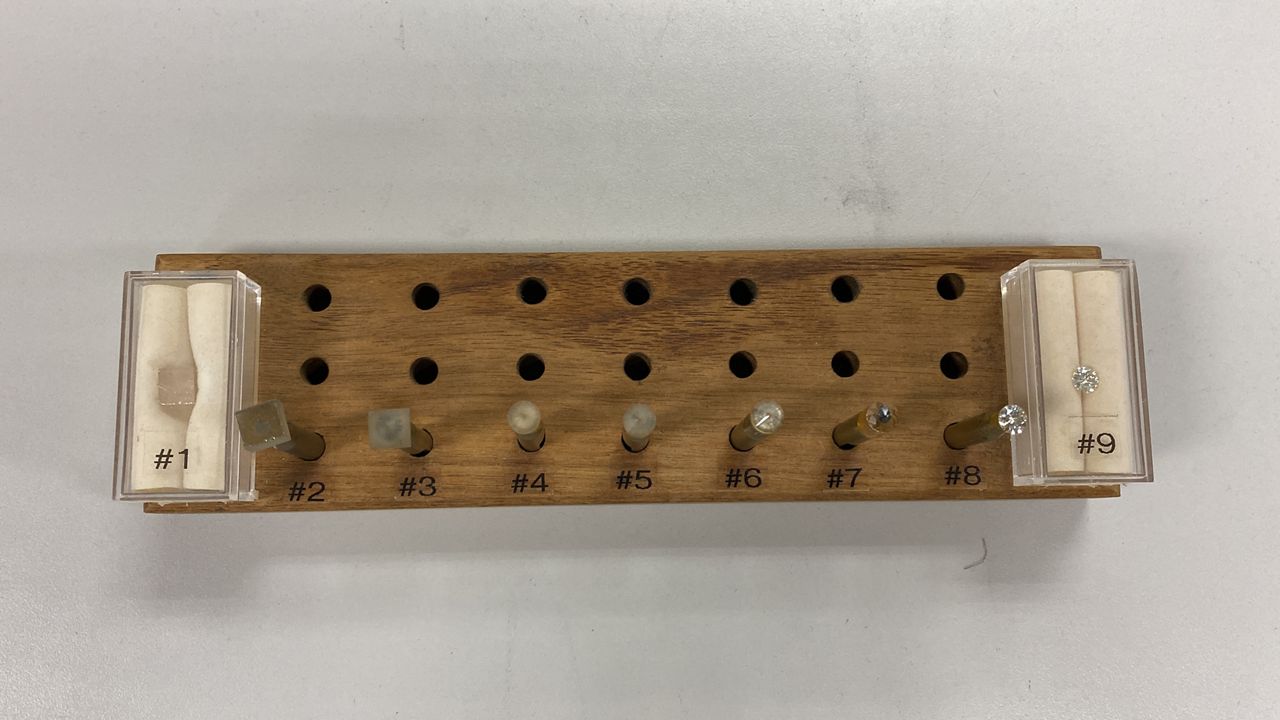
Charles & Colvard won’t give away all the secrets about how they’re made, but they will tell you how they compare to natural diamonds.
“To give you an example of price, this is 3.9 carats for $4,100 and this is a DEF colorless moissanite,” Watson said.
If that same ring was a natural diamond, the cost would skyrocket.
“For four carats, you're looking at upwards of $40,000,” Watson said.
Their jewelry is very popular for engagement rings, with millennials making up the majority of their customer base. In fact, 48% of their customers are between the ages of 25 and 44.
“Because it is more affordable, they're able to put a deposit on their dream home, they're able to take their dream honeymoon, have a larger wedding,” Watson said“Because it is more affordable, they're able to put a deposit on their dream home, they're able to take their dream honeymoon, have a larger wedding,” Watson said
How do moissanites compare on the hardness scale that natural diamonds are measured on?
“Specifically, moissanite is a 9.5, 9.25 to 9.5, on the Mohs hardness scale. Diamond is a 10. So moissanite is second only to a diamond in terms of hardness, which makes it perfect for everyday wear. It's super durable. It's not going to break or scratch,” Watson said.
Charles and Colvard is so confident in their product and eager to educate people about it that they opened up their first ever showroom at the end of October.
“Buying an engagement ring is a super personal process and while we do have a direct consumer website, CharlesandColvard.com, we do get a ton of asks for on-figure photos or ‘I want to see what the gemstone looks like in real life,’ and especially people who are not familiar with moissanite or lab-grown diamonds. They want to see and experience and touch and feel the product. So we're really excited to have this venue, this incredible 2,000 square feet of showroom, to let consumers fall in love with the gemstones in person,” Watson said.
Watson says not everyone in the diamond industry has been welcoming to these lab-grown alternatives, but things are changing.
“I think you're always going to have people who probably will have this preconceived notion that a diamond is comes from the earth but the industry is adopting lab-grown diamonds,” Watson said.
Charles & Colvard’s jewelry is also sold in all of the Helzberg Diamonds stores, a chain with more than 150 locations across the country.
Paul Ziminsky, an independent diamond analyst in New York, says that most people still want a natural diamond but that interest in lab-grown diamonds is growing quickly, as they represent about 10% of diamond jewelry sales by value.







